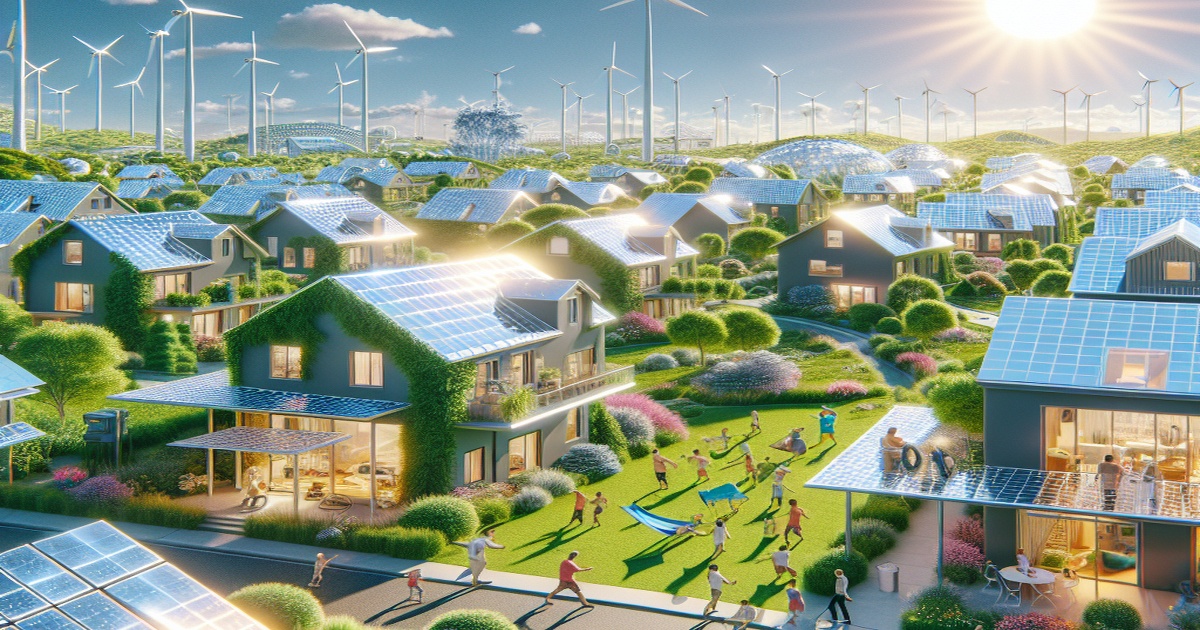Reflecting Heat and Saving Energy
The color of your roof can significantly impact your energy bills, comfort, and the environment. Roofs cover a substantial portion of urban areas, and their ability to reflect or absorb sunlight plays a crucial role in regulating temperatures.
Black roofs, common in many homes, absorb a significant amount of solar radiation, leading to increased heat within the house and the surrounding neighborhood. This trapped heat is then released at night, contributing to global warming.
Lighter colors, on the other hand, reflect a large portion of sunlight, reducing heat absorption. In commercial buildings, "super cool" materials with reflectivity exceeding 95% are gaining popularity. These materials can even cool the surface below the surrounding air temperature through a process called passive daytime radiative cooling (PDRC).
PDRC offers a promising solution for cooling buildings without relying on energy-intensive air conditioning, which can further contribute to climate change. Covering just 1% of the Earth's surface with these reflective materials could potentially offset a significant amount of human-induced warming.
However, PDRC materials face challenges in residential applications. Their high reflectivity can create glare, and their effectiveness in cooling can make homes colder in winter, leading to increased heating needs.
Researchers are exploring alternative approaches, such as "passive-coloured radiative coolers" that incorporate fluorescent dyes to achieve similar cooling effects while retaining some warmth during winter. These materials have been tested in various colors, including orange, red, and green, with promising results.
While Europe and the US have established cool roof councils to certify product performance, Australia currently lacks such standards. This makes it difficult for homeowners to choose truly effective cool roof materials.
Despite the lack of standards, some Australian states are considering bans on dark roofs, and updated building codes require homes to achieve a minimum energy rating.
For homeowners seeking a cooler roof, choosing lighter colors is a simple starting point. Information about the solar reflectivity of steel roofing materials is usually available, and opting for higher reflectivity values can significantly improve your home's energy efficiency.
Ultimately, cool roofs offer a cost-effective and environmentally friendly way to improve your home's comfort and reduce your energy consumption. By reflecting heat and minimizing reliance on air conditioning, cool roofs can contribute to a more sustainable future.







7 Comments
Raphael
“Loving the balance between innovation and practical energy-saving tips – more of this please!”
Donatello
“Do we know how these passive-coloured radiative coolers hold up over time? Seems untested.”
Michelangelo
“Glare issues from super reflective materials could annoy neighbors and drivers. Major drawback!”
Leonardo
“I’m skeptical about the cost-effectiveness when you factor in replacing an entire roof.”
Raphael
“The text ignores the regional differences – a roof that’s too cool in winter isn’t beneficial in colder climates.”
Katchuka
“I appreciate that the text acknowledges potential downsides. Research into improving these systems is promising.”
Barachiel
“Energy savings claimed here might be overstated. Real homeowners face other insulation and design issues.”